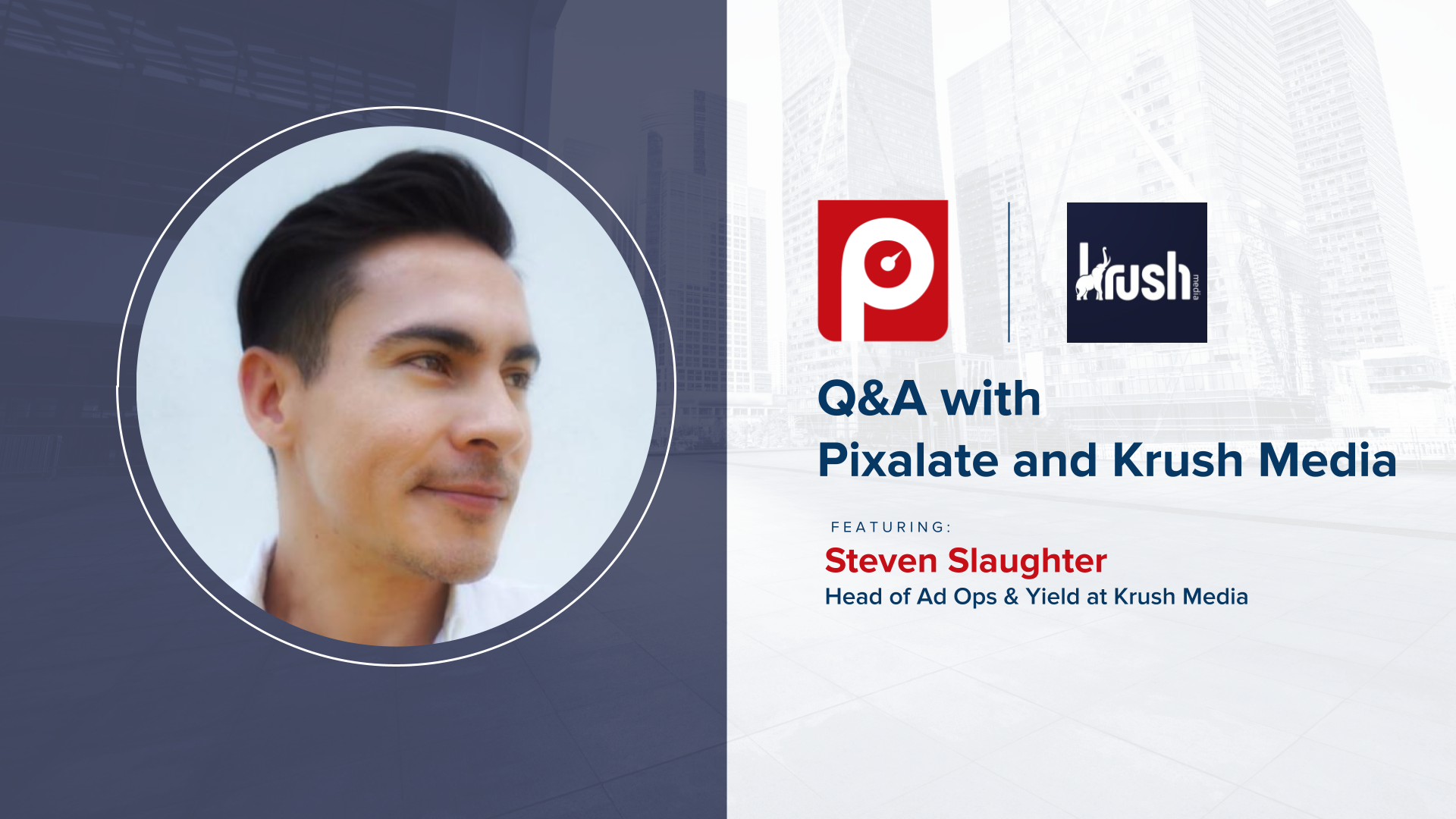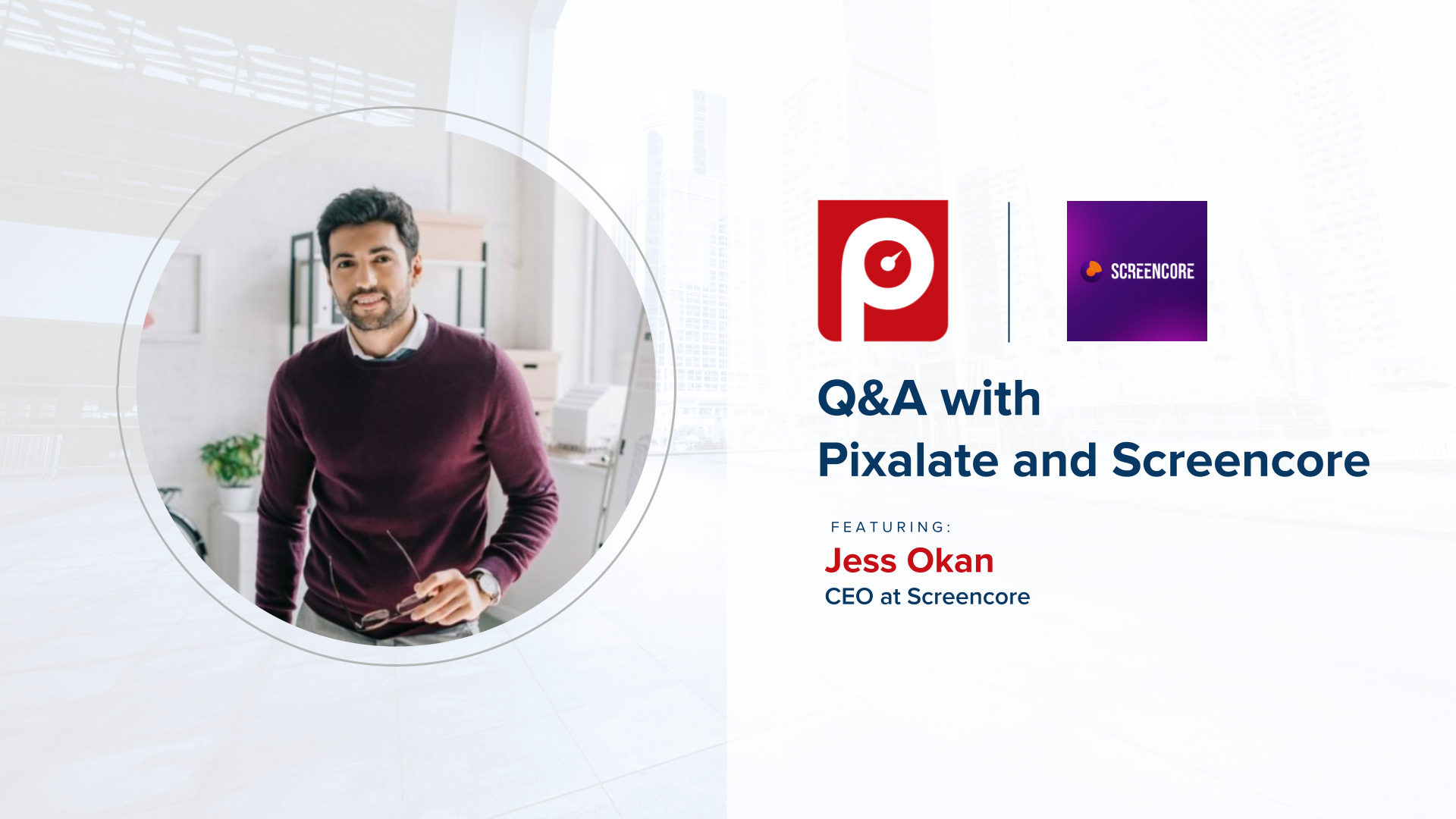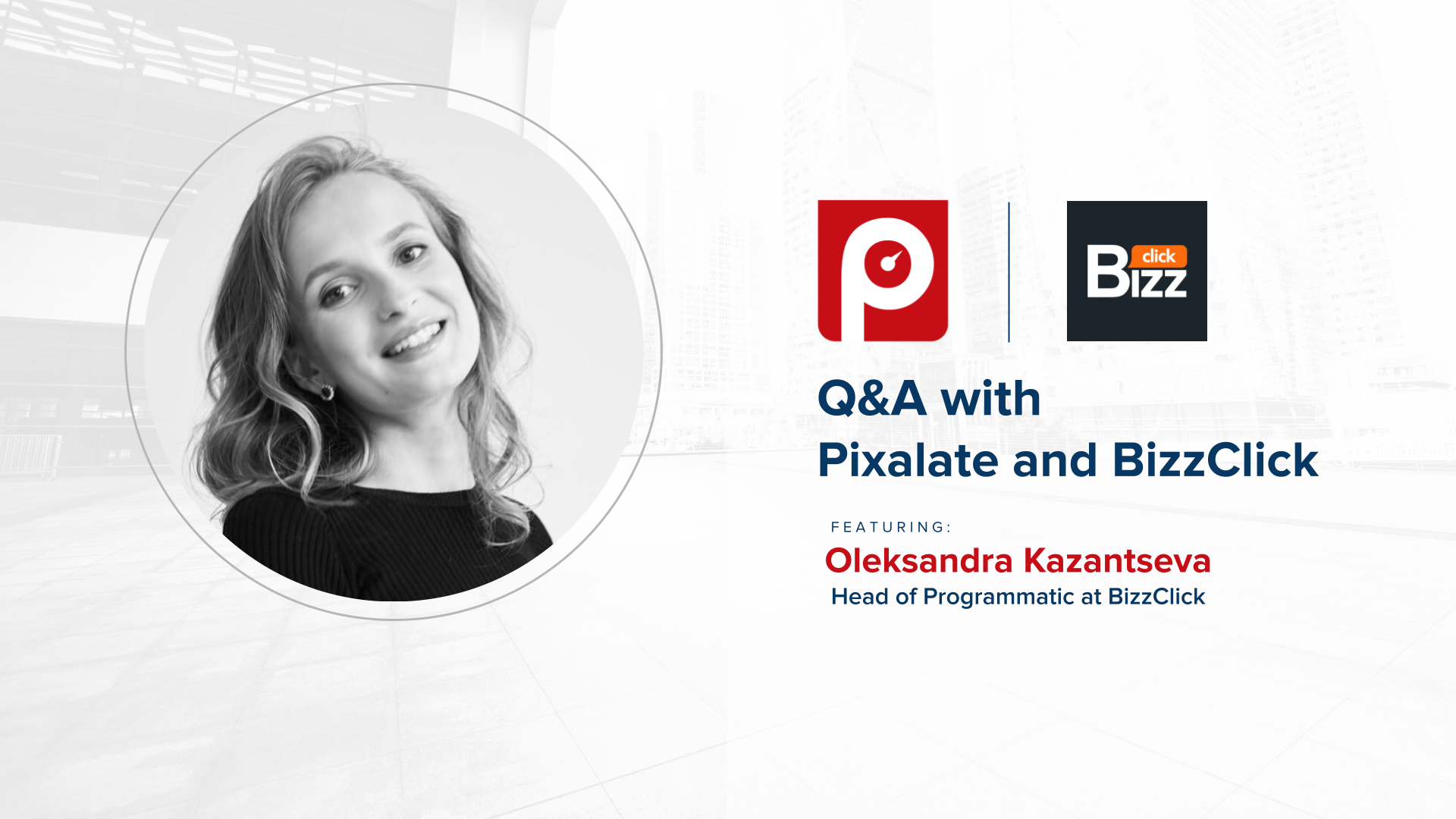Programmatic ad fraud is rampant throughout the digital ecosystem, with over one-third (35%) of ad impressions in the U.S. proving fraudulent in Q1 2017.
But as we've seen throughout our series of blog posts benchmarking Q1 2017 ad fraud rates, fraud can vary depending on a number of factors, including location, device, app vs. web, software, ad unit size, and even browser type.
Today's data examines how a publisher's vertical can have an impact on ad fraud rates.
Over 50% of Society & Culture domain ad inventory is fraudulent
According to our research, fraudsters are much more active in certain domain categories compared to others. Some key findings:
- Just over half (50%) of programmatic ad impressions in the "Society & Culture" domain category were fraudulent in Q1 2017.
- The Business & Economy vertical is also hit hard by fraudsters, with a 39% ad fraud rate.
- Programmatic ads within the Government vertical were fraudulent over one-fourth of the time (27%).
- The Education (18%), Arts (17%), and Science (13%) verticals had the lowest ad fraud rates.
The role of context in programmatic ad fraud
The role of "context" in programmatic advertising has been a question for the better part of a decade, but this study proves that context certainly still matters when it comes to detecting and preventing ad fraud. Of course, fraudsters are active across the entire digital ad ecosystem, but they tend to congregate in certain areas. For example, ad fraud is nearly 4x as likely to occur within the Society & Culture vertical as it is in the Science vertical.
As publishers and marketers strike more programmatic deals — including programmatic direct deals, which intend to keep context alive alongside the benefits of data-driven targeting — the potential impact a vertical has on ad fraud should not be overlooked.
This post is part of an ongoing series highlighting Pixalate's Quarterly Global Ad Fraud Benchmarks for Q1 2017. Sign up for our blog to learn more.






